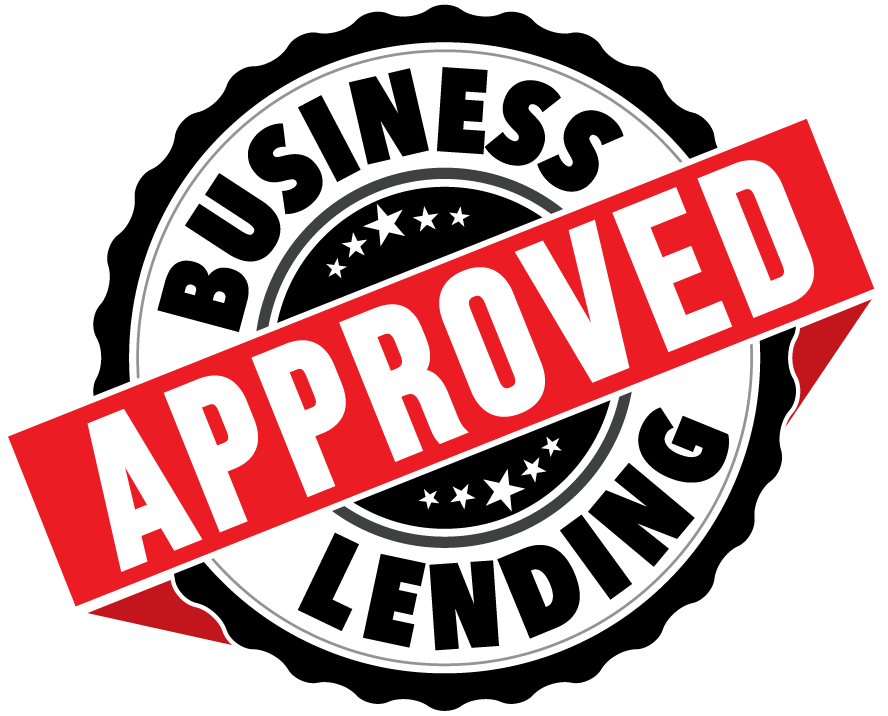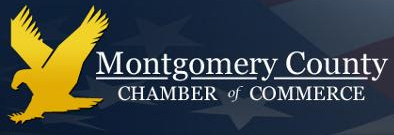Financing Invoices With Accounts Receivable Financing
Financing for cash flow is a very common practice, so common that most small businesses need to do it at one point or another, and plenty of them do it as a matter, of course, to free up capital that could be used elsewhere. When it comes to financial products that provide you with a low potential capital cost and minimal impact on your credit score or long-term debt portfolio, there are just a few options that stand out. Accounts receivable financing is the most commonly used, but it only works for businesses that operate on an invoicing model, rather than cash and carry. If your business relies on cash transactions, you may want to try a merchant cash advance or an inventory financing arrangement, but if you do use invoicing, keep reading for more information about financing those invoices.
Cash Advances Against Invoice Values
Financing your receivables means working with a lender who takes over collection of payments from those invoices. If your application is approved, you need to communicate that fact to customers, and this step is important because without assurances that you are simply outsourcing receivables for your own purposes, some customers may draw the conclusion that the account has been sent to collections. The proportion of the invoice value you can receive as an advance is based on the entire pool of invoices, the age of them, and customer payment histories. Your own credit plays a minimal role, since it is your customers whose payments will take care of the advance. After payment comes in, you receive the remainder after your accounts receivable advance and the lender fees are taken out.
Minimizing Lender Fees
There are a lot of options for financing receivables, but as with any financial product, asking the lender to take on more risk means paying more for the capital. Flat fee financing without penalties for late payment, for example, is quite expensive compared to the cost of financing under a tiered structure for most people. If your clients do not pay until very late, that equation changes, but if you can count on their prompt payment, the tiered option costs less. Similarly, while you may find lenders who allow you to pick and choose which invoices to finance, you lower the lender’s risk when financing your entire accounts receivable backlog at once, so it tends to be a lot more cost-efficient in the end. If you have invoices you’re worried won’t get paid, instead of financing them, consider selling them to a factor and closing the books on the tab for good.

